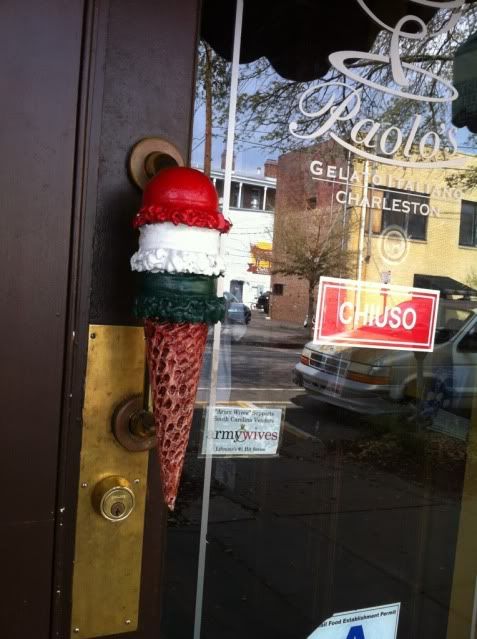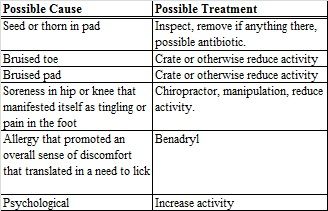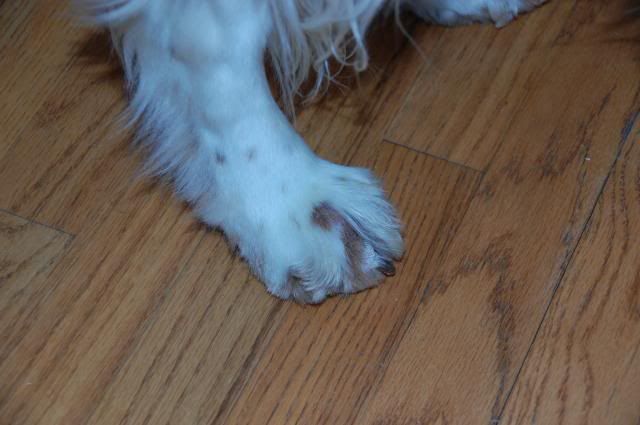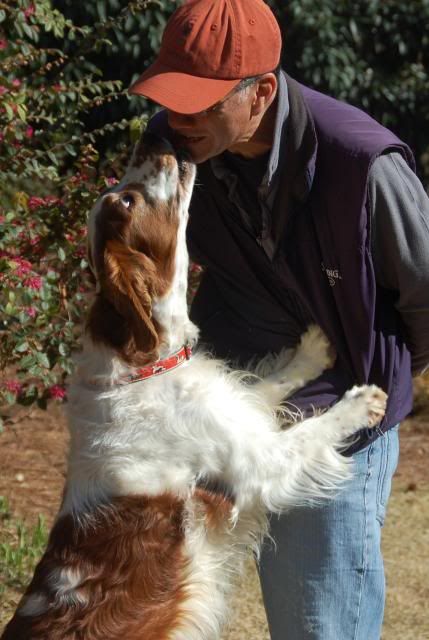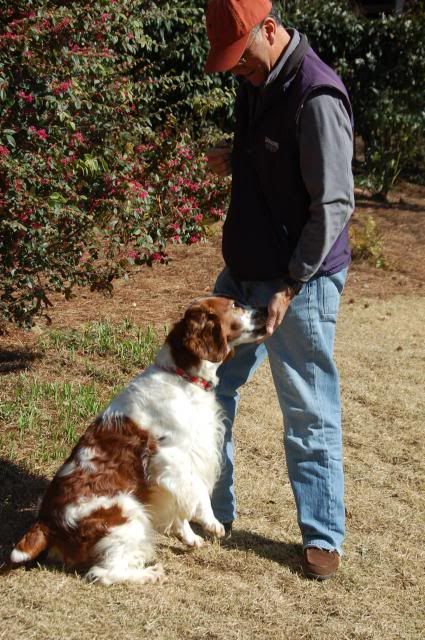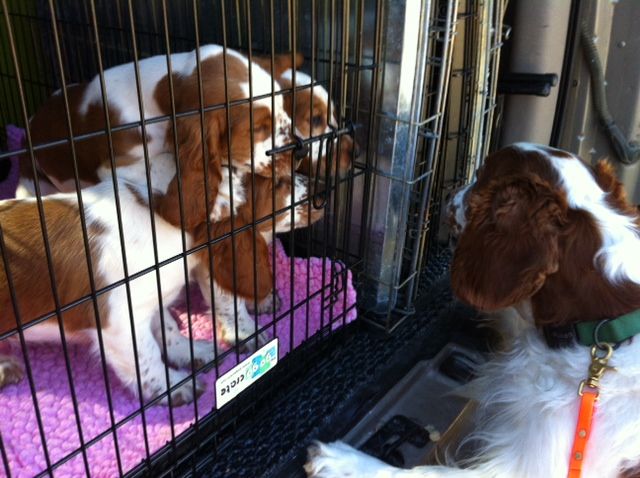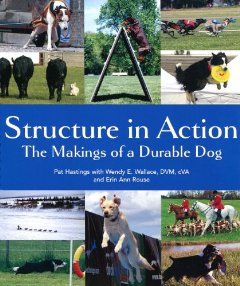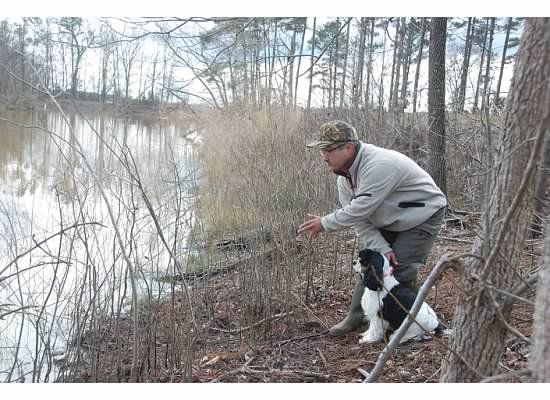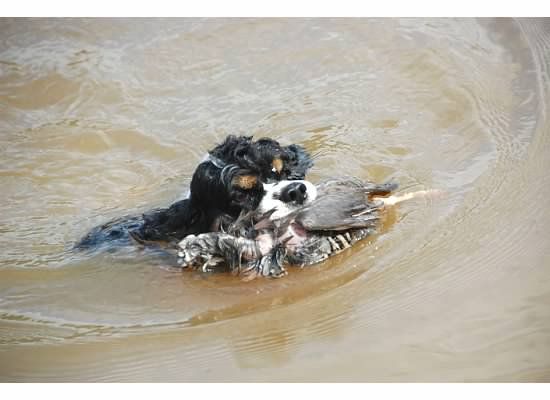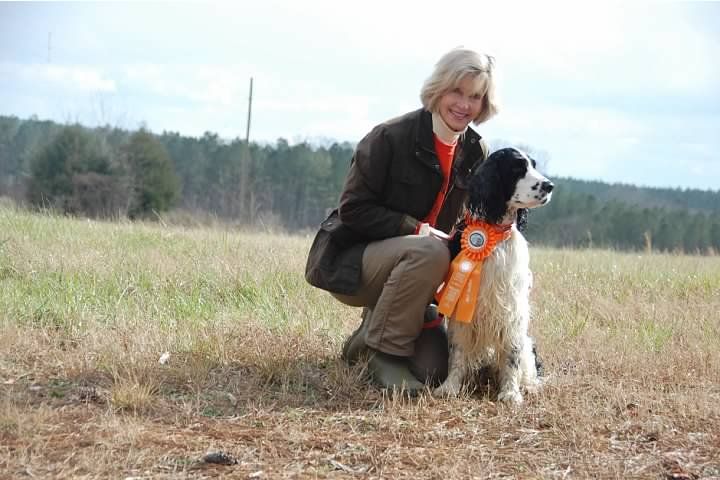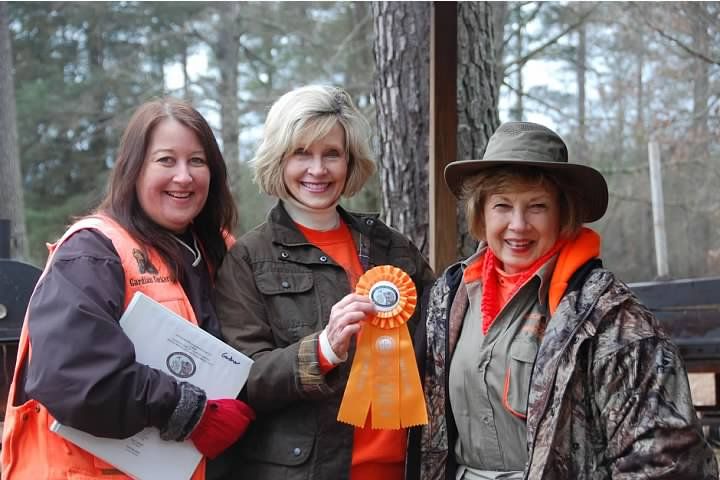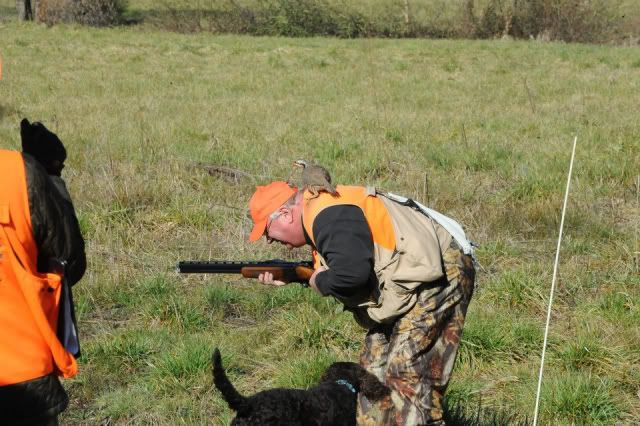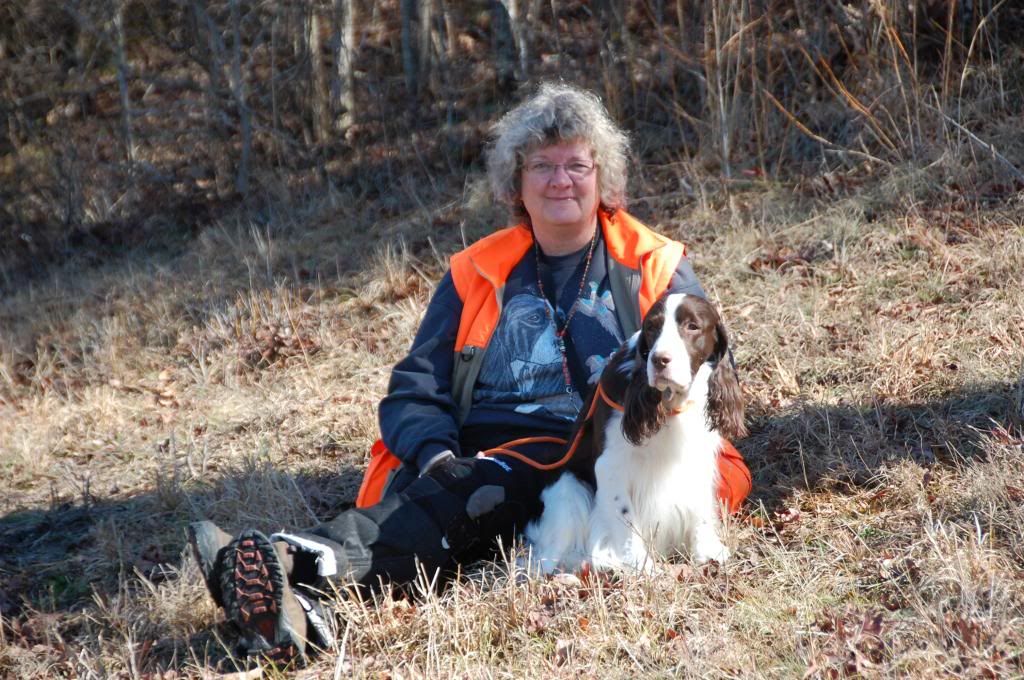You can eat your way down King Street in Charleston and each bite would be better than the previous. Like New Orleans and San Francisco, there is not a bad restaurant in the entire city.
Aki and I tried to enjoy the restaurants vicariously; enviously looking on as bottles of wine being uncorked at noon.
Our outing also took us by St. Matthews Lutheran Church. The congregation dates back to 1840, but the church had to be rebuilt in the mid-1960s as a result of a fire. Aki enjoyed seeing those German names and pronouncements on the old cornerstones.
Cinnamon and yeast wafted out of the Macaroon Boutique in Charleston, SC.
Time for a Gelato!
Sunday, March 31, 2013
Tuesday, March 26, 2013
Weather front
Looking like alien spaceships, snow-laden clouds swirl across the Chicago skyline toward Lake Michigan.
View from Evanston, with the City at the horizon.
View from Evanston, with the City at the horizon.
Monday, March 25, 2013
Sunday roundup
Our practice involved about a dozen people and maybe 20 dogs, ranging from puppies to old timers and including cockers, Springers, and Welshies. The rain gradually cleared during the course of the morning, which left the fields wet but the day cool. Happily, the birds flew and there were few if any traps.
The event shaped up like a hunt test, with the usual gaggles of discussion, and, behind the handler in the field, were gunners, judges, bird planters, and hangers on. This made for a realistic and interesting practice.
Larsen's first turn was quite good. He hupped to wing and shot, and I had the great pleasure of letting him fetch his bird. His delivery was sloppy, but more on that in a subsequent post.
The cover was too low, and wayward birds could be seen wandering about. The dogs saw them too, which distracted from their quartering and instituted what may be called the beeline.
Here is a subtlety I learned the hard way. Larsen flushed a bird and sat. The bird flew, or really hopped, all of 20 feet. I let Larsen get the bird by dismissing him with his name. He hit the bird, the bird flew, and he was off to the races. What I realized, finally, was that giving him his name was his "go" command. So, in the future, what I will do is simply and calmly say "go-on" which is our command to begin covering the ground in his usual hunting pattern. I know of course that he will beeline to the bird, but he will not do it under the sheer school's out dismissal that his name permits. In fact, I had a chance to try the "go on" command, and was able to hup him half-way to the bird.
There were some other instances of breaking, and we ended the day with drills, which he is good at. That let him show everyone how smart he is, and it let him nose up to the (dead) bird used in the drill.
I am very satisfied with Larsen's performance, and now I must really go through my own performance and work on two things: (1) make sure that I'm technically clearly giving him the right signals; and (2) make sure that my innermost vibes and thoughts are giving him every chance to be successful.
The event shaped up like a hunt test, with the usual gaggles of discussion, and, behind the handler in the field, were gunners, judges, bird planters, and hangers on. This made for a realistic and interesting practice.
Larsen's first turn was quite good. He hupped to wing and shot, and I had the great pleasure of letting him fetch his bird. His delivery was sloppy, but more on that in a subsequent post.
The cover was too low, and wayward birds could be seen wandering about. The dogs saw them too, which distracted from their quartering and instituted what may be called the beeline.
Here is a subtlety I learned the hard way. Larsen flushed a bird and sat. The bird flew, or really hopped, all of 20 feet. I let Larsen get the bird by dismissing him with his name. He hit the bird, the bird flew, and he was off to the races. What I realized, finally, was that giving him his name was his "go" command. So, in the future, what I will do is simply and calmly say "go-on" which is our command to begin covering the ground in his usual hunting pattern. I know of course that he will beeline to the bird, but he will not do it under the sheer school's out dismissal that his name permits. In fact, I had a chance to try the "go on" command, and was able to hup him half-way to the bird.
There were some other instances of breaking, and we ended the day with drills, which he is good at. That let him show everyone how smart he is, and it let him nose up to the (dead) bird used in the drill.
I am very satisfied with Larsen's performance, and now I must really go through my own performance and work on two things: (1) make sure that I'm technically clearly giving him the right signals; and (2) make sure that my innermost vibes and thoughts are giving him every chance to be successful.
Thursday, March 21, 2013
Figuring out an injury
Out of nowhere, Larsen began licking his paw. Not only is that unseemly and messy, it also keeps everyone awake at night. What was the cause?
We considered the following hypotheses and approaches:
We manipulated the paw and pad and didn't feel any stone or thorn. There was no unusual pain from a gentle squeeze of the paw or fingering between the webs. No broken nail.
We gave him a Benadryl, at Cathy V's suggestion, and that gave us a night's sleep. I took him to Lake Allatoona, which was, of course, fun, figuring that activity never hurt anyone. Aki took Larsen to the Willis Park Agility field and talked to our brain trust including Adrian, MaryAnne, Susan W. and got Larsen a trip to the chiropractor that he seemed to enjoy. We kept the foot clean with apple cider vinegar, and then gave it a squirt or two of bitter apple to stop the licking.
The chiropractor seemed to provide relief, but nothing else really worked.
Finally, we got an appointment at the vet, who diagnosed the problem as a possible initial inflamation (e.g., insect bite) that had taken a turn for the worse due to the licking. She prescribed some antibiotics and a spray that numbs the area and reduces the itching to reduce the licking. She also took an x-ray just to be sure that there was no bone damage. We'll also keep the foot clean.
Let's hope that it was a spider bite and not a tick and that he is on the mend.
A shaved toe reveals tender pink skin.
We considered the following hypotheses and approaches:
We manipulated the paw and pad and didn't feel any stone or thorn. There was no unusual pain from a gentle squeeze of the paw or fingering between the webs. No broken nail.
We gave him a Benadryl, at Cathy V's suggestion, and that gave us a night's sleep. I took him to Lake Allatoona, which was, of course, fun, figuring that activity never hurt anyone. Aki took Larsen to the Willis Park Agility field and talked to our brain trust including Adrian, MaryAnne, Susan W. and got Larsen a trip to the chiropractor that he seemed to enjoy. We kept the foot clean with apple cider vinegar, and then gave it a squirt or two of bitter apple to stop the licking.
The chiropractor seemed to provide relief, but nothing else really worked.
Finally, we got an appointment at the vet, who diagnosed the problem as a possible initial inflamation (e.g., insect bite) that had taken a turn for the worse due to the licking. She prescribed some antibiotics and a spray that numbs the area and reduces the itching to reduce the licking. She also took an x-ray just to be sure that there was no bone damage. We'll also keep the foot clean.
Let's hope that it was a spider bite and not a tick and that he is on the mend.
Wednesday, March 20, 2013
David's last day
David the dog walker has been Larsen's confederate for about five-and-a-half years, or since Larsen was 6-months old. David's job is to hang with Larsen, especially when we are out of town. David's been totally trustworthy and a friend as well. He leaves for the Texas plains, and his girlfriend, Tina, who we also have gotten to know.
David readily acknowledges that he plays only the "good cop," providing maybe a few too many treats and no discipline. David also readily admits to marching to his own drum, and he long ago recognized a kindred spirit in Larsen.
The usual gambit when I'm at home is that Larsen gets a parting treat from David after his morning outing and then races upstairs to my office where I have a treat waiting for him as well. I think Larsen has us pegged for simpletons, each one not knowing that the other has already given him a treat. Smart boy. There is no doubt that Larsen will miss his partner and friend.
David gets a kiss from his pal Larsen.
Larsen will miss David, to be sure, but he'll also miss David's generosity.
David readily acknowledges that he plays only the "good cop," providing maybe a few too many treats and no discipline. David also readily admits to marching to his own drum, and he long ago recognized a kindred spirit in Larsen.
The usual gambit when I'm at home is that Larsen gets a parting treat from David after his morning outing and then races upstairs to my office where I have a treat waiting for him as well. I think Larsen has us pegged for simpletons, each one not knowing that the other has already given him a treat. Smart boy. There is no doubt that Larsen will miss his partner and friend.
David gets a kiss from his pal Larsen.
Larsen will miss David, to be sure, but he'll also miss David's generosity.
Thursday, March 14, 2013
Now six
Six years may be a near-eternity in a dog's life, or it may simply be another day insofar as thinking about six years requires a sense of time that does not seem to be the strong suit of any dog. For us, though, each year is a benchmark of sorts that calls for some reflection on both the dog, you, and where you have been together.
At six, Larsen is a strong, stout Welsh Springer Spaniel. He's on the cusp of earning some Master Hunter legs. His muzzle is greying, but he can still work all day and then get the puppy-crazies after dinner in the back yard.
Larsen and I know each other well now. I can read his face, which for the most part is an unaffected open book. I understand his plaintive mewling that expresses the unfairness of the world when I take Zelda into the field or plant birds for another handler while he is crated in the back of the car. I'm used to the change in his look from a silly dog to a business-like pro when we take the field together. I know that when I travel, he will give a most hopeful look that seems to promise he would be of no trouble whatsoever if only he could be included in my plans. I know from experience that capitulating to that look means that Larsen pockets whatever promise he might have made and reverts to his own spaniel-curious and inquisitive self.
Larsen is still somewhat willful and hard-headed, with that soft spaniel center. Still a reserved dog, Larsen will now hunt for Tim, which represents a remarkable evolution. In working with Larsen, Tim concluded that you have to approach a Welshie from the side, so to speak, and not head-on if you hope to get that dog to work for you. The Welsh warms up to you on his own schedule.
Larsen is more open to affection than he was as a puppy and younger dog. Unlike many of the breed, Larsen's not terribly interested in your lap or sharing your bed. He keeps his own counsel, or as David the dog-walker says, he marches to the beat of his own drum. But with each passing year, he has become a warmer dog. His looks to me or to Aki show an unabashed love, as do ours for him.
Suddenly the veteran. Puppies are eager to meet the big dog.
Attentive at the water. Afield, Larsen is all business.
In the ring, Larsen concludes that it's not work if you are with someone you love.
Wednesday, March 13, 2013
City Winery
Our economics group enjoyed a team building exercise at the City Winery on Near West Side of Chicago in the old services/packing district. The Near West Side certainly has made some progress since I was put up at the Presidential Towers during a relocation in the mid-1990s. That was a time when the city was in the process of closing down some of the most notorious project high-rises. Today there are new condos in former warehouses and some nice restaurants, with the City Winery among them, all within walking distance of the city's financial center.
The City Winery has a free-standing fireplace that is welcoming sight after treking the 12 blocks in the spitting snow from the Northwestern Station to the 1200 block of West Randolph.
The restaurant makes and bottles its own wine, right here, in the city.
Bottles of table reds stand before the gleaming wine-making holding vessels at City Winery in Chicago.
The City Winery has a free-standing fireplace that is welcoming sight after treking the 12 blocks in the spitting snow from the Northwestern Station to the 1200 block of West Randolph.
The restaurant makes and bottles its own wine, right here, in the city.
Friday, March 8, 2013
Structure in Action
Conformation events (dog shows) are more than beauty
contests. The true purpose of these
events is to see which dogs most conform to the breed ideal. In turn, the breed ideal or model has been
determined based on the job that the dog was bred for.
The book, Structure in Action: The Makings of a Durable Dog,
explains how external clues in the form of the dog’s stance and gait provides
judges with an indication of how well the dog fits with the ideal, and
therefore how durable the dog will be in performing its assigned tasks in the
field.
The book helps you understand what to look for in a spaniel
breed, once you cross-reference it with a breed standard and your own knowledge
of breed performance.
Here are some interesting items:
- A short-necked dog is not really short-necked, but instead has a shoulder that is overly vertical (the shoulder blade should be about 45 degrees from the prosternum). A dog’s front leg reach is approximately at nose-tip, and so a short-necked dog will have too short a reach relative to the ideal. A short-reach dog will tire more easily in the field.
- An overly long neck, while sometimes elegant in appearance, can indicate insufficient muscling at the shoulders. An upright neck carriage, associated with a long neck, inhibits swimming as the dog simply splashes through the water because the dog is too vertical and insufficiently horizontal.
- A high rear end means that the dog’s rear legs are too vertical. Such carriage reduces the force with which the dog can accelerate using its rear legs. It also means that the dog must exert more effort to lift its front when jumping and it places too much weight on the front structure, which leaves it vulnerable to injury.
- A rounded croup (i.e., a lower tail set than standard) means that spine curves too much and the dogs legs are under its body to a greater extent than they should be. A steep or rounded croup can also inhibit the backward swing of the leg when running.
- A short croup means that the dog’s rear thighs are not sufficiently muscled, reducing power and drive.
- The loin in most dogs should be no more than 1/3 the length of the rib cage because there is on support for the spine between the attachment of the last rib and the hip. The 1/3 rule seems to provide adequate support without costing the dog too much in flexibility and turning capacity. (I wonder if spaniels would have somewhat longer loins due to their need for turns?)
The book has much more and covers the dog from tip to tail. Those that want to understand what judges should be looking for in the conformation ring will enjoy the discussion.
Thursday, March 7, 2013
Water retrieve
A hunting spaniel is a versatile dog. This includes retrieving from water. A hunting spaniel is not necessarily a duck dog (although the Boykin aficionados would disagree), but any hunting spaniel should have a smart retrieve of a bird that might be downed in a pond, river, inlet, or other such body of water.
On the water retrieve, the handler lines up his dog with the downed bird. A blade-like hand will help guide the dog's head toward the target. A junior dog, like Rider, below, can be gently restrained at the water to prevent him from leaving early. When the handler is ready to release the dog, he says "back" or the dog's name, and pushes his hand forward to guide those important first steps into the water.
Frank sets up Rider for a water retrieve.
Here comes the successful dog.
On the water retrieve, the handler lines up his dog with the downed bird. A blade-like hand will help guide the dog's head toward the target. A junior dog, like Rider, below, can be gently restrained at the water to prevent him from leaving early. When the handler is ready to release the dog, he says "back" or the dog's name, and pushes his hand forward to guide those important first steps into the water.
Frank sets up Rider for a water retrieve.
Here comes the successful dog.
Wednesday, March 6, 2013
Weekend results
Backward we go.
Tim reported that Larsen had a good, steady week at Tim's farm. However, when I ran Larsen, the dog readily broke. What this tells me is that handler error is at the base of this.
On Saturday, Larsen flushed a low bird, and in my anxiety, I blew the whistle hard enough that only the sound of air came through. Larsen glanced my way, but hearing no whistle, continued on his merry way.
Sunday's events were far worse, but fixable. Larsen stopped quartering to relieve himself. I called him in by his name,and he went out and continued to hunt, which I did not stop. Larsen found and flushed a bird, which went up for a nice shot by Shoni, but he never hesitated or sat. Now why was that?
Judge Venee suggested that Larsen's name in the field is his instruction to get out. I use his name when I want him to fetch something. His instruction to come in is "here" or, better, trilling the whistle. Tim told me that whenever something unusual happens in the field, I should pip Larsen to a sit, call him in, and recast him in order to keep that contact. As it was, my dismissal (using his name) broke the contact we had, let him self-hunt, and then allowed him to break to the bird.
Tim reported that Larsen had a good, steady week at Tim's farm. However, when I ran Larsen, the dog readily broke. What this tells me is that handler error is at the base of this.
On Saturday, Larsen flushed a low bird, and in my anxiety, I blew the whistle hard enough that only the sound of air came through. Larsen glanced my way, but hearing no whistle, continued on his merry way.
Sunday's events were far worse, but fixable. Larsen stopped quartering to relieve himself. I called him in by his name,and he went out and continued to hunt, which I did not stop. Larsen found and flushed a bird, which went up for a nice shot by Shoni, but he never hesitated or sat. Now why was that?
Judge Venee suggested that Larsen's name in the field is his instruction to get out. I use his name when I want him to fetch something. His instruction to come in is "here" or, better, trilling the whistle. Tim told me that whenever something unusual happens in the field, I should pip Larsen to a sit, call him in, and recast him in order to keep that contact. As it was, my dismissal (using his name) broke the contact we had, let him self-hunt, and then allowed him to break to the bird.
Tuesday, March 5, 2013
Sandy and Hampton
Sandy earned her first Hunt Test rosette, and it was for a masterful job guiding her dog Hampton in the Boykin Spaniel Club & Breeders Association of America Hunt Test on Saturday, March 2, in Mountville, SC.
Sandy was in a different group than Larsen and me, so we missed the field work, but all observers said that it was very nice. Hampton's Hunt Dead was perfect, as were his water blind and water retrieve.
Sandy has been working hard to bring herself from ground zero to master dog handler level, and on Saturday she reached that rarified level. All were exceedingly pleased to see that work pay off.
Sandy happily shows off the new ribbon, while Hampton takes it all in stride.
Judges Venee and Lois share in Sandy's joy.
Sandy was in a different group than Larsen and me, so we missed the field work, but all observers said that it was very nice. Hampton's Hunt Dead was perfect, as were his water blind and water retrieve.
Sandy has been working hard to bring herself from ground zero to master dog handler level, and on Saturday she reached that rarified level. All were exceedingly pleased to see that work pay off.
Sandy happily shows off the new ribbon, while Hampton takes it all in stride.
Judges Venee and Lois share in Sandy's joy.
Sunday, March 3, 2013
The safest place afield
A canny chukar lands on Bill's shoulders and perches like a parrot on a pirate at last Sunday's ESS Hunt Test. Bill later said he was willing to take one for the team if it would have helped Blew, Lois M's AWS.
Friday, March 1, 2013
Graham
In slapstick comedies involving the military, there is always a General that is ridiculously bedecked with ribbons and medals of dubious merit. On the overwhelming effect of his own rosette and medal count, Graham could play that General, except that Graham is a dog, and more importantly, his medals and ribbons are for genuine accomplishments.
Graham is everything you'd want in a hunting spaniel: bold, intelligent, biddable. Marilyn and Graham make it all look easy, but the fact is that you have a great dog coupled with a handler that knew precisely how to bring out and direct those abilities.
In addition, Marilyn observes other people and their dogs and generously offers welcome advice that is actually tailored to the situation, and not how you'd do it if you happend to be Marilyn and if your dog happened to be Graham. Marilyn also plants birds, Marshalls (at our WSSCA Hunt Test as well as at her own), judges, and would probably make lunch for everyone if the ESS Rescue Team would let her.
Marilyn and Graham enjoy a time-out at the ESS Hunt Test.
Graham is everything you'd want in a hunting spaniel: bold, intelligent, biddable. Marilyn and Graham make it all look easy, but the fact is that you have a great dog coupled with a handler that knew precisely how to bring out and direct those abilities.
In addition, Marilyn observes other people and their dogs and generously offers welcome advice that is actually tailored to the situation, and not how you'd do it if you happend to be Marilyn and if your dog happened to be Graham. Marilyn also plants birds, Marshalls (at our WSSCA Hunt Test as well as at her own), judges, and would probably make lunch for everyone if the ESS Rescue Team would let her.
Marilyn and Graham enjoy a time-out at the ESS Hunt Test.
Subscribe to:
Posts (Atom)



